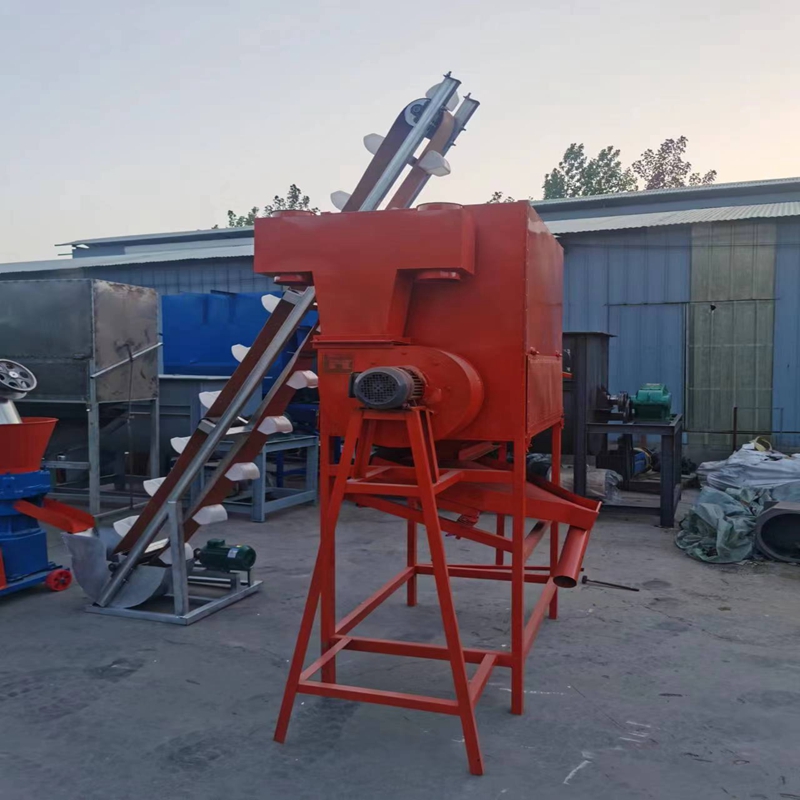layer chicken cage
Aug . 30, 2024 00:06 Back to list
layer chicken cage
The Layer Chicken Cage Enhancing Efficiency in Poultry Farming
The layer chicken cage system has transformed the poultry industry, providing a more efficient and humane way to raise hens for egg production. As demand for eggs continues to rise globally, producers are increasingly turning to this innovative farming method to maximize productivity while maintaining animal welfare standards.
Layer chicken cages are designed specifically for hens that produce eggs. Unlike traditional free-range systems, where birds roam freely, layer cages provide a contained environment that optimizes space and resources. These cages are typically stacked vertically, allowing farmers to house a large number of hens in a relatively small area. This vertical arrangement not only conserves land but also facilitates easier management and monitoring of the flock.
One of the significant advantages of layer chicken cages is the improvement in production efficiency. Cages reduce the chances of disease transmission that can occur in free-range systems. In a controlled environment, farmers can closely monitor the health and well-being of their birds, leading to better overall flock management. Enhanced ventilation systems within these cages help maintain optimal temperatures and airflow, reducing stress on the hens and promoting higher egg production rates.
layer chicken cage

Additionally, the design of layer cages allows for better egg collection processes. Eggs are laid into sloped floors that guide them towards collection systems, minimizing damage and maintaining cleanliness. This automation reduces labor costs and ensures that eggs are collected more frequently, enhancing their freshness and quality before they reach consumers.
However, the use of layer cages has sparked debate regarding animal welfare. Critics argue that confining hens to small spaces limits their natural behaviors, such as nesting, perching, and foraging. In response to these concerns, many producers have adopted enriched cage systems, which provide additional space and amenities like perches, nesting boxes, and dust baths. These improvements aim to offer hens a more stimulating environment while still benefiting from the efficiency of caged systems.
Regulations and consumer preferences are also influencing the future of layer chicken cages. Many countries have implemented stricter animal welfare laws, prompting farmers to transition to more humane practices. As consumers become increasingly aware of animal welfare issues, there is a growing demand for eggs produced in a way that aligns with ethical standards. This has led to a rise in free-range and organic egg production, challenging layer cage systems to adapt to changing market dynamics.
In summary, the layer chicken cage system plays a significant role in today’s poultry industry, driving efficiency and productivity. While it presents clear advantages in terms of space utilization, health management, and egg collection, the ethical implications of confined living conditions remain a topic of ongoing discussion. As the industry evolves, it will be crucial for producers to strike a balance between maximizing output and meeting the welfare needs of layer hens. The integration of enriched systems and adherence to animal welfare standards will likely shape the future of poultry farming, ensuring a sustainable and responsible approach to egg production.
-
Hot Sale 24 & 18 Door Rabbit Cages - Premium Breeding Solutions
NewsJul.25,2025
-
Automatic Feeding Line System Pan Feeder Nipple Drinker - Anping County Yize Metal Products Co., Ltd.
NewsJul.21,2025
-
Automatic Feeding Line System Pan Feeder Nipple Drinker - Anping County Yize Metal Products Co., Ltd.
NewsJul.21,2025
-
Automatic Feeding Line System - Anping Yize | Precision & Nipple
NewsJul.21,2025
-
Automatic Feeding Line System - Anping Yize | Precision & Nipple
NewsJul.21,2025
-
Automatic Feeding Line System-Anping County Yize Metal Products Co., Ltd.|Efficient Feed Distribution&Customized Animal Farming Solutions
NewsJul.21,2025






